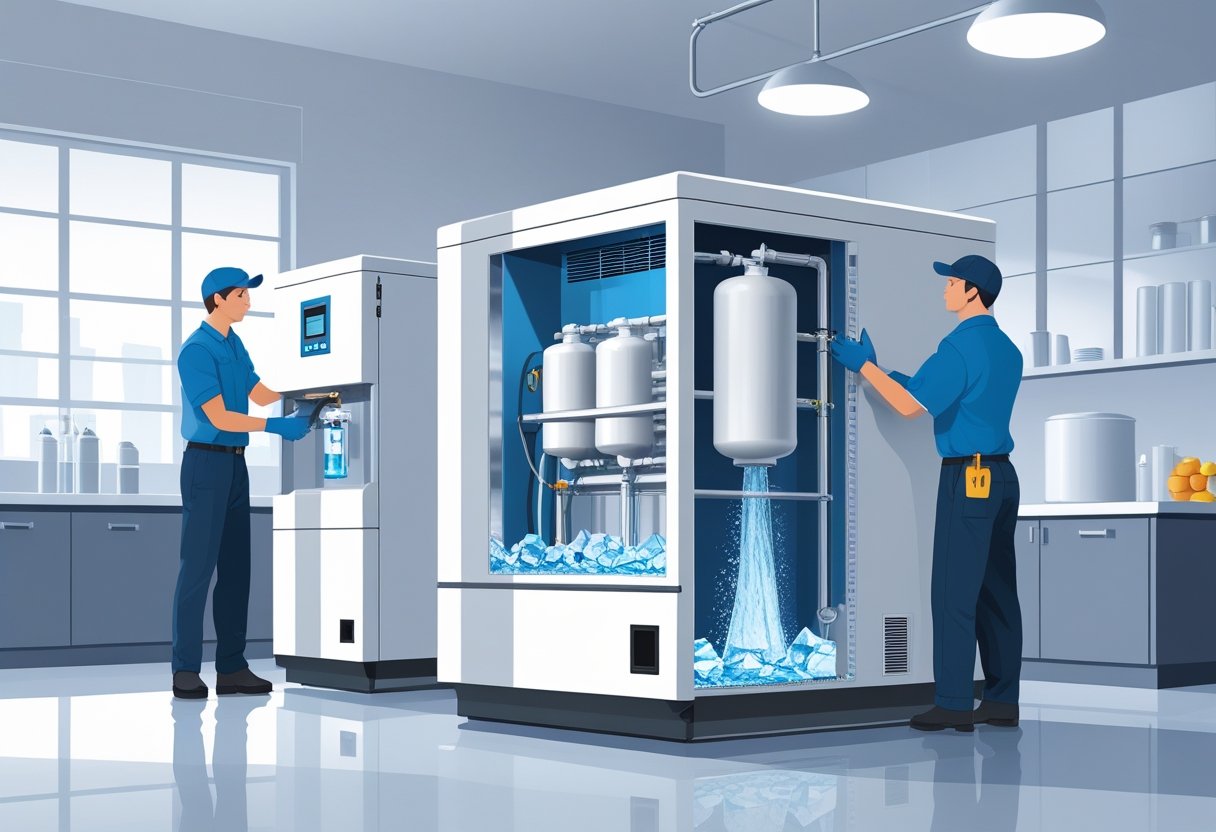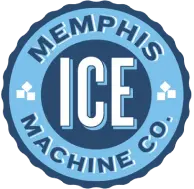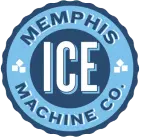proudly serving
the mid-south
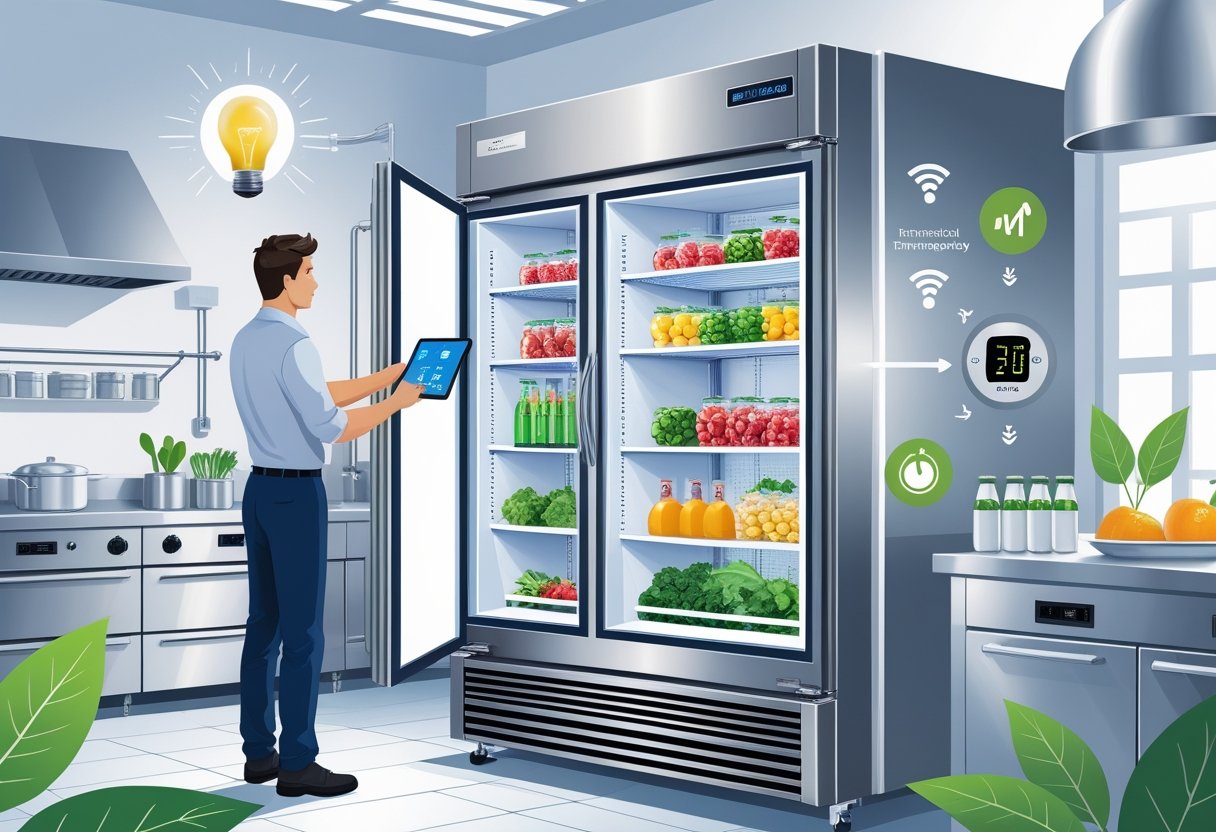
Commercial Refrigerator Energy Efficiency Tips for Reducing Costs and Extending Equipment Life
Keeping your commercial refrigerator running efficiently saves you money and reduces downtime, especially in busy Memphis businesses. Simple changes like regular maintenance, using smart temperature controls, and minimizing door openings can cut energy use significantly without sacrificing performance. These steps help you lower operating costs while ensuring your products stay fresh and safe.
At Memphis Ice, we understand how crucial reliable refrigeration is for your operation. Whether you run a restaurant, grocery store, or medical facility, optimizing your equipment’s energy use can make a noticeable difference. This guide shares practical tips you can apply today to maintain efficiency and avoid costly repairs.
Energy efficiency is more than a buzzword—it directly impacts your bottom line and environmental footprint. Following proven strategies will help you get the most out of your commercial refrigeration system, keeping your business cool and competitive in the Mid-South.
Understanding Commercial Refrigerator Energy Consumption
Commercial refrigerators use significant energy, but understanding how key parts operate and the types available can help you control costs. Electricity use varies throughout the day based on how often doors open and equipment cycles on and off.
Key Components Affecting Efficiency
The compressor is the heart of your commercial fridge, responsible for circulating refrigerant and maintaining cold temperatures. A high-efficiency compressor reduces power draw and runs more smoothly.
Evaporator coils absorb heat inside the unit, so keeping them clean is crucial to prevent extra energy use. Fans help distribute cold air evenly; clogged or broken fans force the compressor to work harder.
Door seals and insulation also greatly impact energy consumption. Tight seals keep cold air in and warm air out. Damaged gaskets or poor insulation lead to more frequent compressor cycles, pushing electricity use higher.
Routine maintenance focused on these areas lowers energy waste and extends equipment life.
Types of Commercial Refrigerators
Different commercial fridges use energy differently. Reach-in refrigerators consume more power due to frequent door openings and smaller insulation areas.
Walk-in coolers require significant energy to maintain large volumes of cold space but benefit from fewer door openings over less frequent intervals.
Undercounter and prep table fridges are usually more efficient because of their size and stable use environments.
Selecting the right type depends on your business’s specific needs and volume. Memphis Ice can help you choose models suited to your operation for energy savings.
Electricity Usage Patterns
Energy use in commercial refrigeration isn’t constant. Consumption spikes when doors open and warm air enters, triggering the compressor.
Ambient temperature also affects power use; hotter kitchens or storage areas make your fridge work harder. Nighttime or off-hours can reduce energy use if the equipment is less accessed.
Using LED lighting inside reduces heat input and lowers electricity requirements.
Smart control systems can optimize run cycles based on real-time demand, reducing waste. Monitoring consumption trends helps identify inefficiencies before they cause costly breakdowns. Knowing these patterns lets you plan maintenance and upgrades to keep costs manageable.
Optimal Placement and Environment
The location of your commercial refrigerator significantly affects its efficiency and lifespan. Proper placement helps reduce energy use and prevents unnecessary wear on the unit. You need to control environmental factors like heat exposure and airflow to optimize performance.
Avoiding Direct Sunlight and Heat Sources
Placing your refrigerator away from direct sunlight is crucial. Sunlight increases the internal temperature, forcing the compressor to work harder. This not only drives up energy costs but also accelerates wear on your equipment.
Also, avoid locating your unit near heat sources like ovens, fryers, or heating vents. These heat sources raise the surrounding temperature, reducing refrigeration efficiency. If your space is limited, consider adding heat shields or barriers to protect your equipment.
Ensuring Proper Air Circulation
Good airflow around your refrigerator prevents heat buildup, which can cause the compressor to overwork. Avoid crowding the unit with walls, counters, or other appliances.
Maintain at least 2-4 inches of clearance on all sides and ensure vents are not blocked. Regularly clean condenser coils to improve heat exchange. Proper air circulation helps your unit run cooler and more efficiently while extending its life.
Strategic Refrigerator Location
Think about workflow and access in your kitchen or work area when placing your refrigerator. A unit placed too far from prep stations increases door openings and energy loss. Conversely, placing it near equipment generating heat can reduce efficiency.
Ideally, position your refrigerator in a cool, shaded, and well-ventilated area with easy access for your staff. Memphis Ice recommends regular professional assessments of your cooler’s environment to maintain optimal energy use and performance.
Best Practices for Daily Operation
Maintaining energy efficiency in your commercial refrigerator comes down to precise temperature control, minimizing door openings, and smart product placement. These actions help reduce energy costs and keep your system running smoothly, lowering the risk of costly breakdowns.
Temperature Setting Recommendations
Set your commercial refrigerator temperature between 35°F and 38°F (1.7°C – 3.3°C) for optimal energy use while ensuring food safety. Avoid colder settings than necessary, as this increases electricity bills without improving preservation.
Regularly check and calibrate your thermostat to prevent temperature fluctuations. Consistent temperatures allow your compressor to run less frequently, conserving energy. Consider using a smart thermostat or temperature monitoring system to track real-time data and receive alerts for deviations.
Avoid rapid temperature changes by limiting door openings and storing items at room temperature before refrigeration. This stabilizes internal conditions and reduces energy consumption.
Efficient Door Usage
Every time a door opens, cold air escapes, forcing your unit to work harder. To save energy, keep door openings brief and infrequent. Train staff to open only what’s necessary and close doors firmly.
Installing door closers or automatic door shut mechanisms can prevent doors from being left open accidentally, reducing energy waste. Check door seals daily for damage or wear since faulty gaskets allow cold air to leak out, increasing energy costs.
If you use open display refrigeration, consider installing night covers after hours. Covers trap cold air inside, reducing the workload on your refrigerator system.
Proper Loading Techniques
Avoid overloading shelves, which restricts airflow and forces the refrigeration unit to struggle with uneven cooling. Leave space between items to allow cold air to circulate effectively.
Store warm or hot items outside the unit until they reach room temperature to avoid unnecessary compressor cycles. Regularly rotate stock to reduce the time doors stay open while searching for items.
Organize products by frequency of use or category, so you can access what you need quickly. This saves energy by minimizing door open times and helps keep your equipment running efficiently.
For reliable results and expert guidance on daily operation, reach out to Memphis Ice. We’ve been keeping businesses cool since 1977.
Maintenance and Regular Inspections
Regular maintenance and thorough inspections are essential to keep your commercial refrigerator running efficiently. Addressing key components like coils, door gaskets, and scheduling professional checkups can help prevent energy waste and costly repairs.
Cleaning Coils and Components
Dirty condenser and evaporator coils reduce heat exchange, causing your system to work harder and consume more energy. You should clean coils at least every three months, or more often in dusty environments.
Use a coil brush or vacuum to remove dust and debris gently. Avoid using water on electrical parts unless your system is designed for it. Cleaning other components like fans and filters also helps maintain optimal airflow.
Neglecting these tasks can lead to up to 90% more breakdowns and increased energy bills. Keeping coils clean preserves your unit’s cooling ability and extends its lifespan, which is vital for Memphis Ice clients who depend on reliability year-round.
Checking Door Gaskets
Door gaskets seal cold air inside your commercial refrigerator. If they’re cracked, warped, or torn, cold air escapes and your system consumes extra energy to maintain proper temperature.
Inspect gaskets monthly, pressing gently along their perimeter to ensure they adhere tightly. Replace damaged gaskets promptly to avoid energy loss and uneven cooling.
Keep gaskets clean by wiping them with mild soap and water. Avoid harsh chemicals that degrade rubber. Proper maintenance reduces wear on compressors and lowers electricity costs, directly improving your energy efficiency.
Professional Maintenance Scheduling
Regular professional inspections are crucial. A technician can identify subtle issues before they escalate, such as refrigerant leaks or electrical faults that aren’t visible during routine checks.
Most businesses benefit from at least biannual service calls. Professionals can test temperature settings, calibrate controls, and perform deep cleaning beyond what you can do.
Memphis Ice provides comprehensive commercial refrigeration service plans tailored for the Mid-South climate. Scheduling maintenance before busy seasons ensures your system handles peak demand without faltering, protecting your investment.
Energy-Saving Upgrades and Features
Improving your commercial refrigeration’s energy efficiency involves practical upgrades that reduce power consumption without sacrificing performance. Targeted enhancements in lighting, insulation, and equipment selection make a measurable difference in operating costs.
LED Lighting Solutions
Switching to LED lighting inside your commercial refrigerator is one of the simplest ways to cut energy use. LEDs consume up to 75% less energy than traditional incandescent or fluorescent bulbs.
Because they emit less heat, LEDs reduce the refrigeration system’s workload, helping maintain consistent interior temperatures with less effort. This also helps extend the life of your compressor.
LEDs have a longer lifespan, lowering maintenance frequency and cost. Installing LED lighting is especially beneficial for open display units where lights operate continuously. Memphis Ice recommends checking your lighting system for efficiency during regular service visits.
Utilizing Night Curtains
Night curtains act as barriers that cover open refrigeration units after business hours. They prevent cool air from escaping into your workspace, significantly reducing the energy needed to maintain temperature overnight.
By minimizing air exchange, you cut compressor runtime and energy bills. Night curtains are simple to install and can be custom-fitted for walk-in coolers or open display cases.
You can also combine curtains with programmable timers to automate energy savings. This upgrade is cost-effective and a proven method to improve energy efficiency when your unit isn’t in full use.
Choosing Energy-Efficient Models
When it’s time to replace or upgrade your commercial refrigerator, prioritize models designed for energy efficiency. Look for units that carry ENERGY STAR certification or use advanced technologies like intelligent air circulation systems.
Modern models often feature better insulation, more efficient compressors, and smart thermostats for precise temperature control. These features not only reduce electricity consumption but also improve overall cooling performance.
Memphis Ice can guide you in selecting the right energy-efficient unit based on your specific business needs. Investing upfront in a quality, efficient model yields long-term savings through lower utility bills and reduced maintenance.
Frequently Asked Questions
Improving commercial refrigerator energy efficiency involves targeted steps like selecting the right equipment, maintaining optimal operating conditions, and timely upkeep. Understanding how these factors work together helps you cut energy costs and extend the life of your refrigeration units.
What are effective strategies for improving energy efficiency in commercial refrigerators?
Use energy-efficient models designed with modern technology to reduce power consumption.
Position units to avoid heat sources and ensure proper ventilation to help the system run less frequently.
Implement smart controls and regularly monitor performance to detect inefficiencies early.
How does maintaining proper temperature settings contribute to the energy efficiency of commercial fridges?
Keeping your refrigerator at the recommended temperature minimizes compressor workload.
Avoid setting temperatures lower than necessary, as this causes excess energy use without extra preservation benefits.
What are the benefits of choosing an ENERGY STAR certified commercial refrigerator?
ENERGY STAR certified units use advanced insulation and compressors, resulting in significant energy savings.
They also often qualify for local rebates, lowering initial investment costs while supporting sustainability.
Can I reduce my commercial refrigerator’s energy consumption with regular maintenance, and if so, how?
Yes. Cleaning condenser coils and replacing worn parts keeps the system running smoothly and avoids unnecessary energy waste.
Regular inspections can catch leaks in refrigerant lines or failing components before they escalate into costly repairs.
What role do commercial refrigerator door seals play in energy efficiency?
Door seals that fit tightly prevent cold air from escaping, reducing the time your refrigerator runs.
Damaged or worn seals should be replaced promptly to maintain consistent internal temperatures and save energy.
What are the most energy-efficient features to look for when purchasing a new commercial refrigerator?
Look for improved insulation, variable speed compressors, LED lighting, and electronic temperature controls.
Consider units with smart diagnostics and remote monitoring to optimize performance and reduce downtime.
For tailored advice and service in Memphis and the surrounding Mid-South region, Memphis Ice is a reliable partner to keep your refrigeration systems efficient and operational.
Recent News
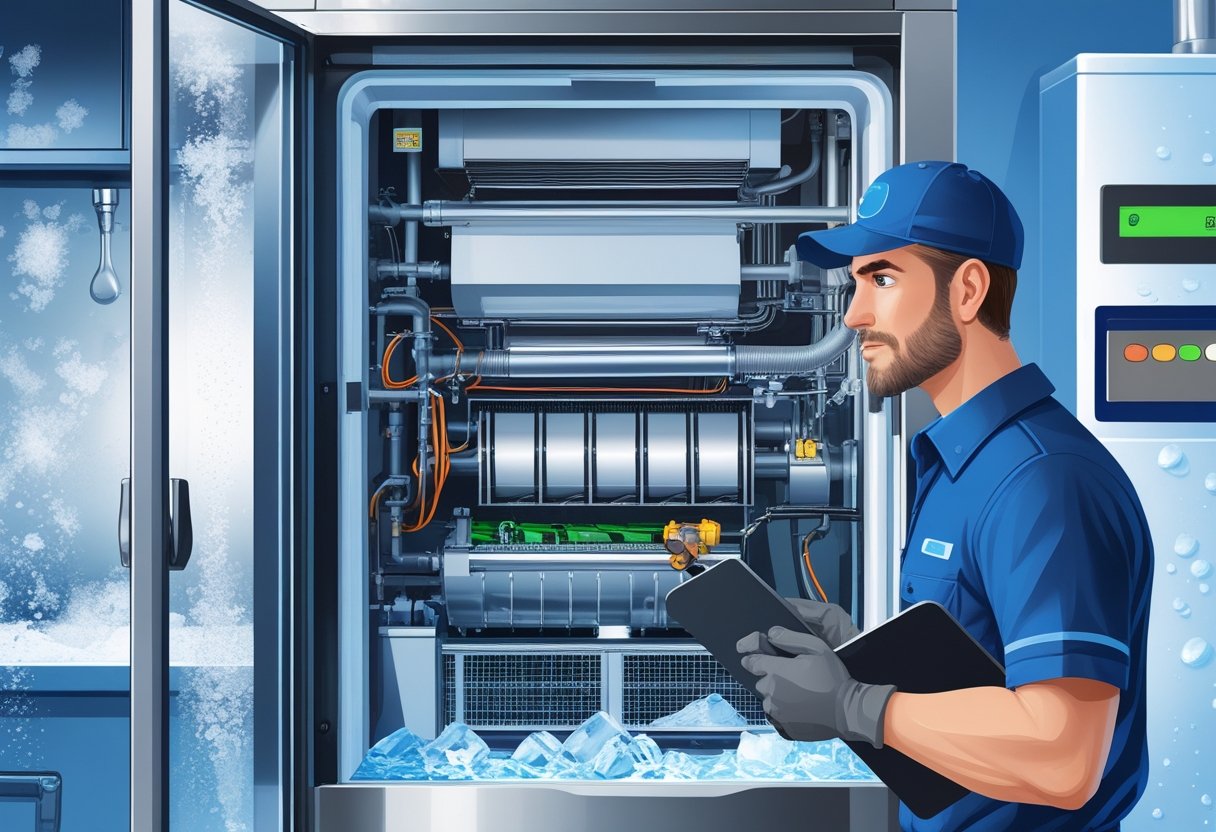
Why Is My Ice Machine Slow Causes and Quick Fixes to Improve Ice Production
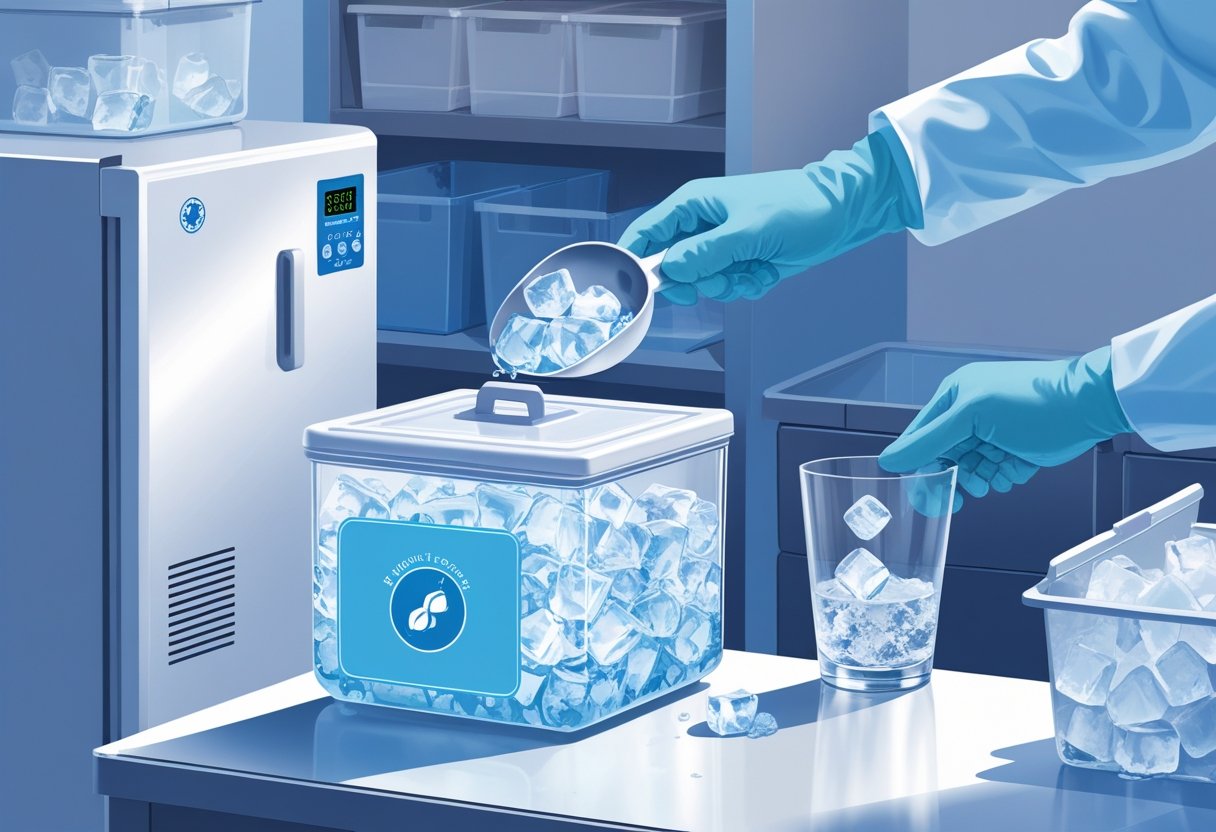
Best Practices for Storing Ice to Maintain Purity and Extend Shelf Life
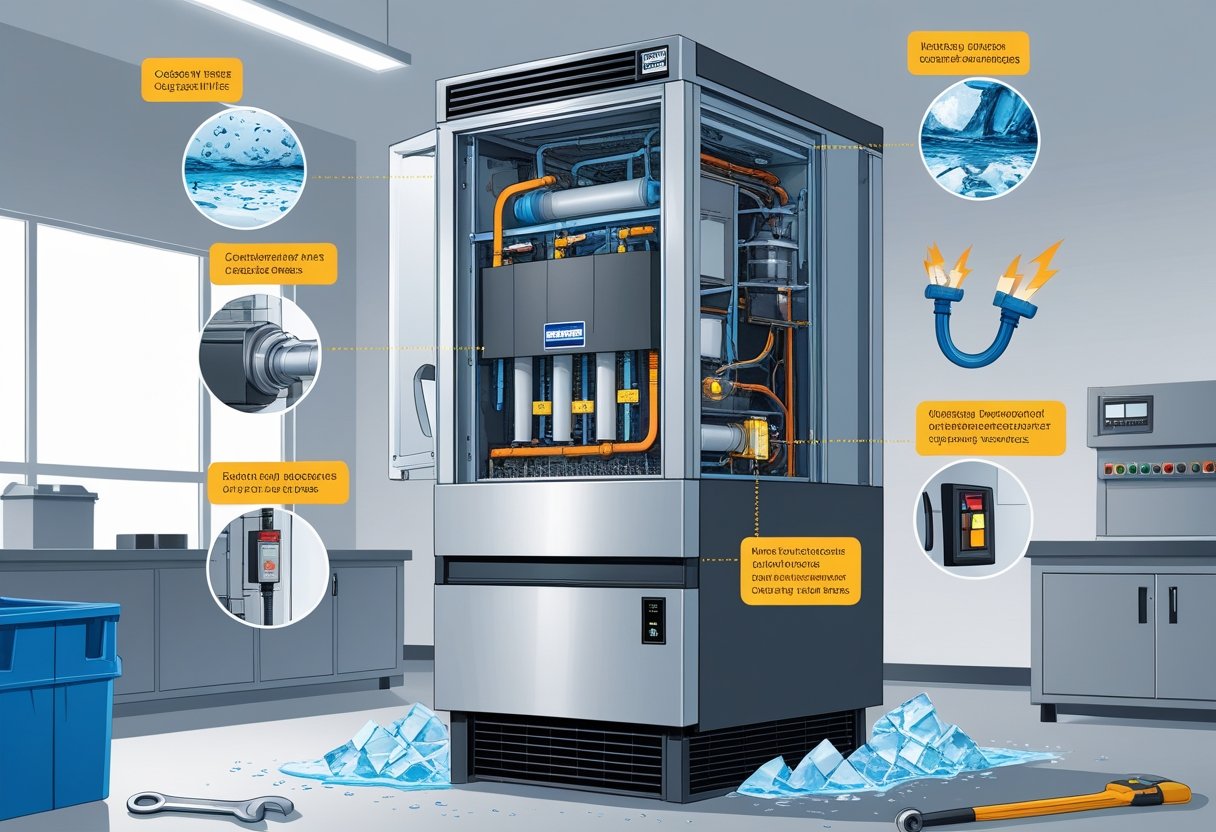
Top Reasons Ice Machines Fail and How to Prevent Costly Breakdowns
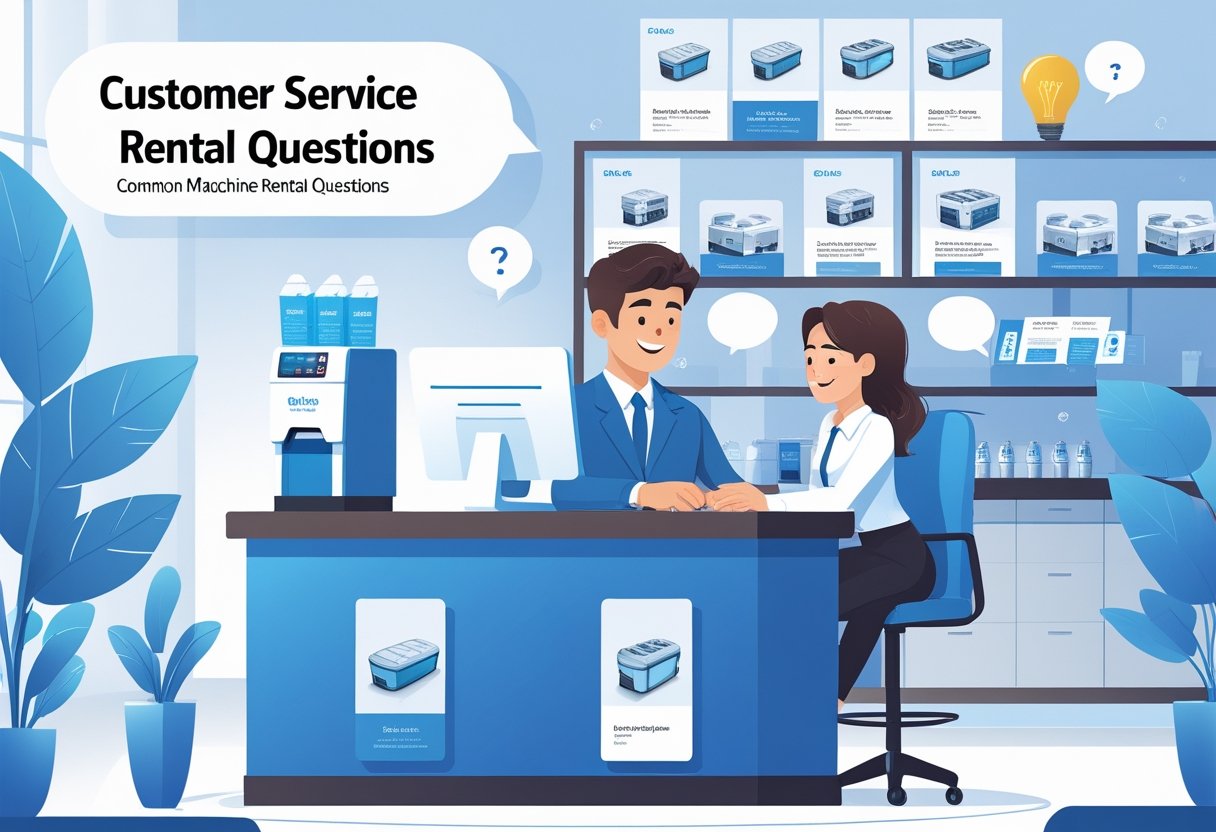
Common Ice Machine Rental Questions Answered for Event and Business Needs
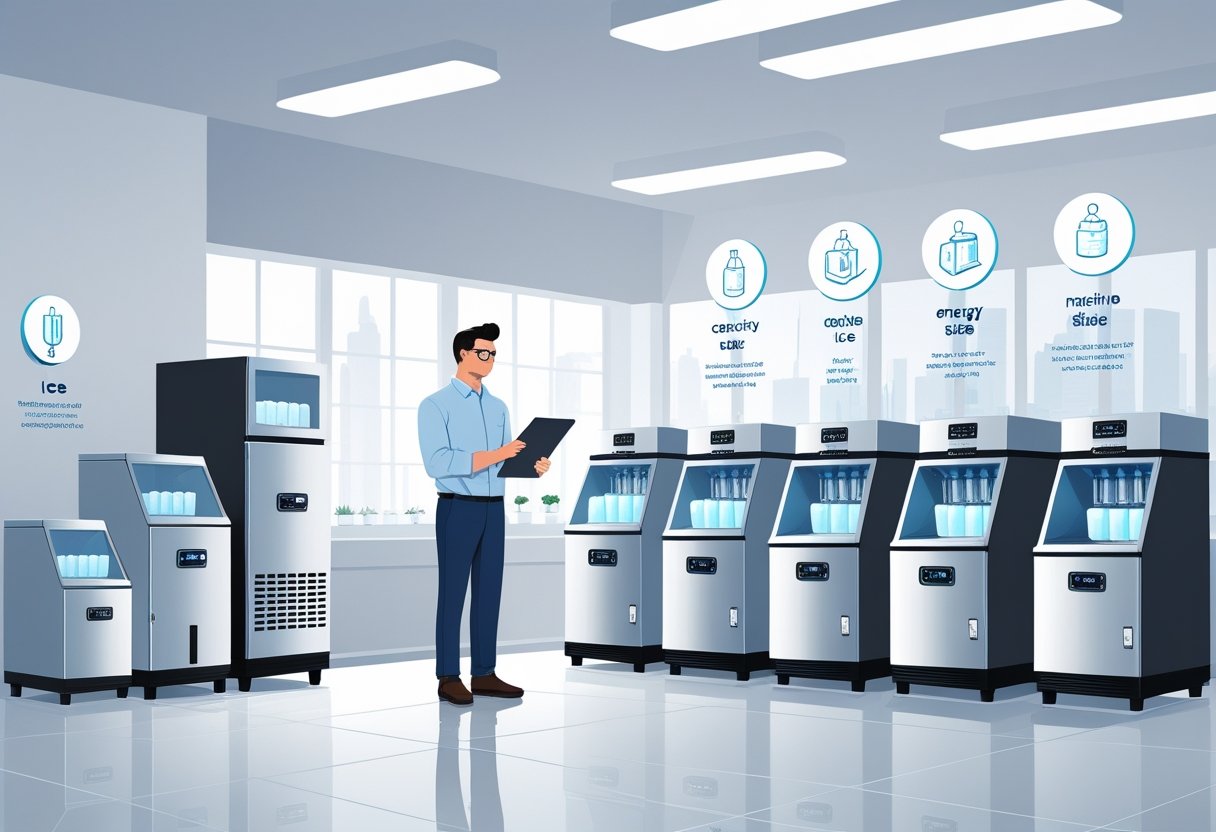
How to Choose a Commercial Ice Machine for Optimal Efficiency and Reliability
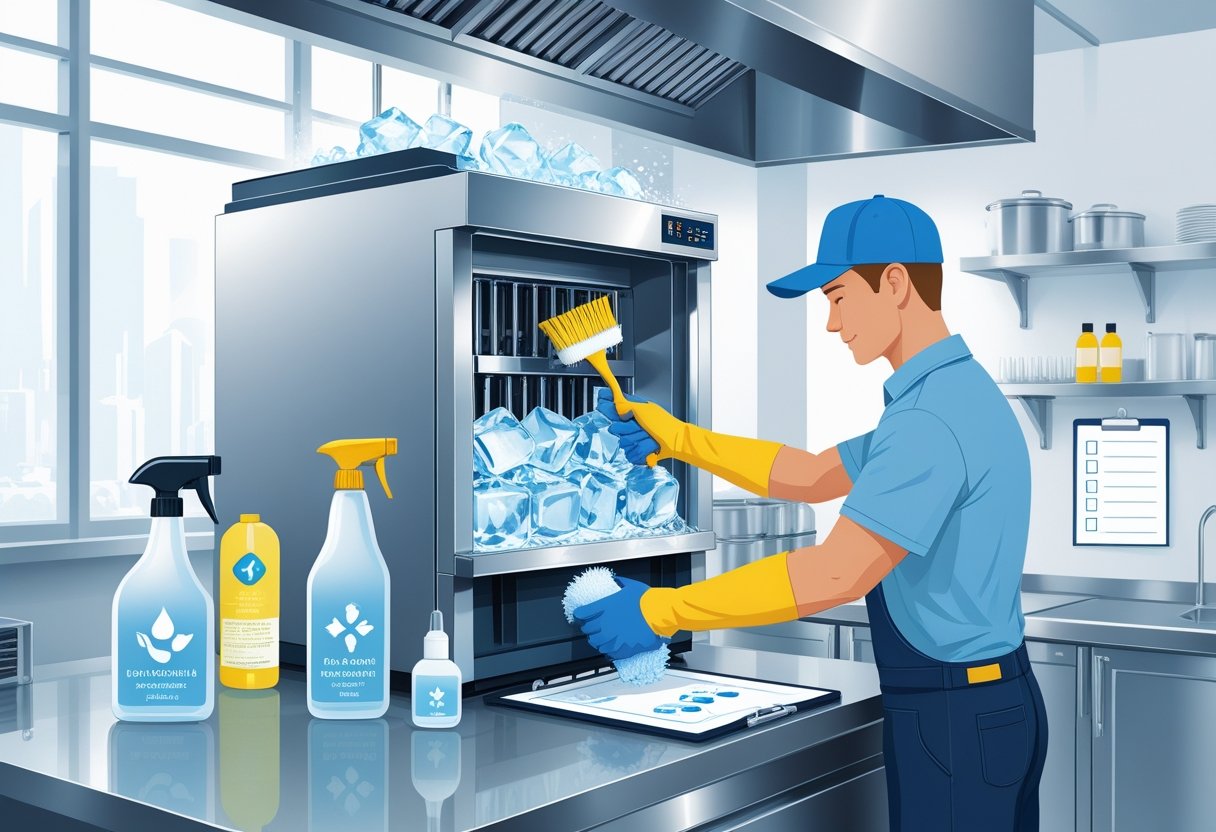
Importance of Routine Ice Machine Cleaning for Health and Efficiency Maintenance
